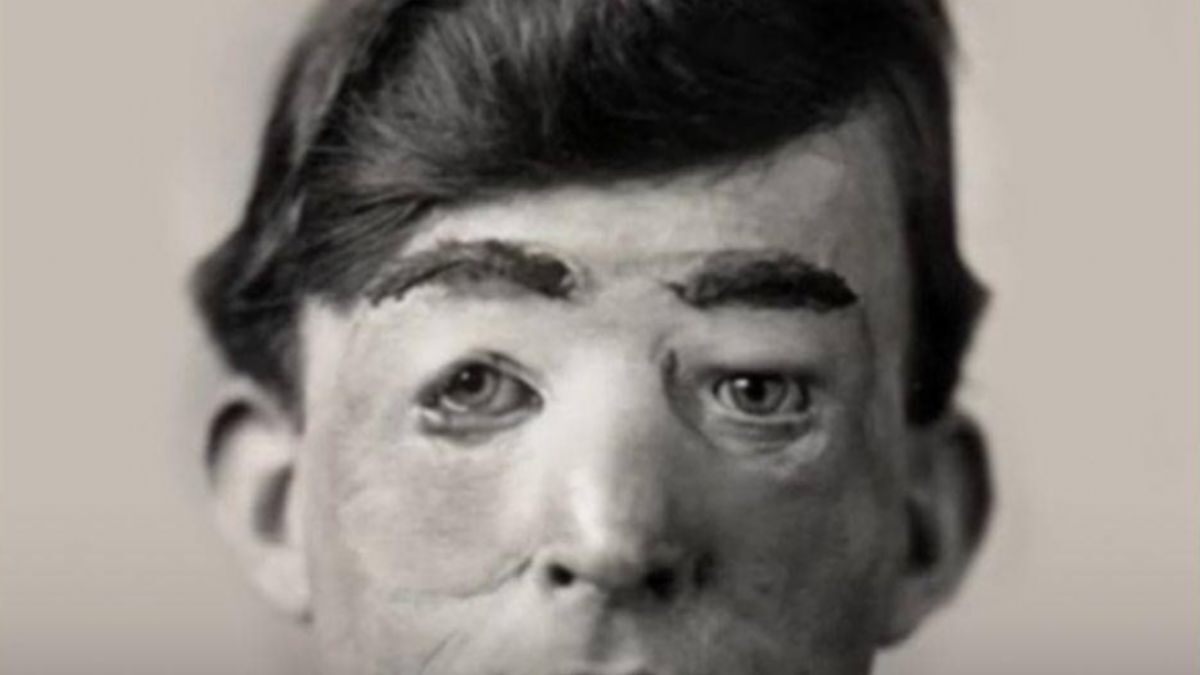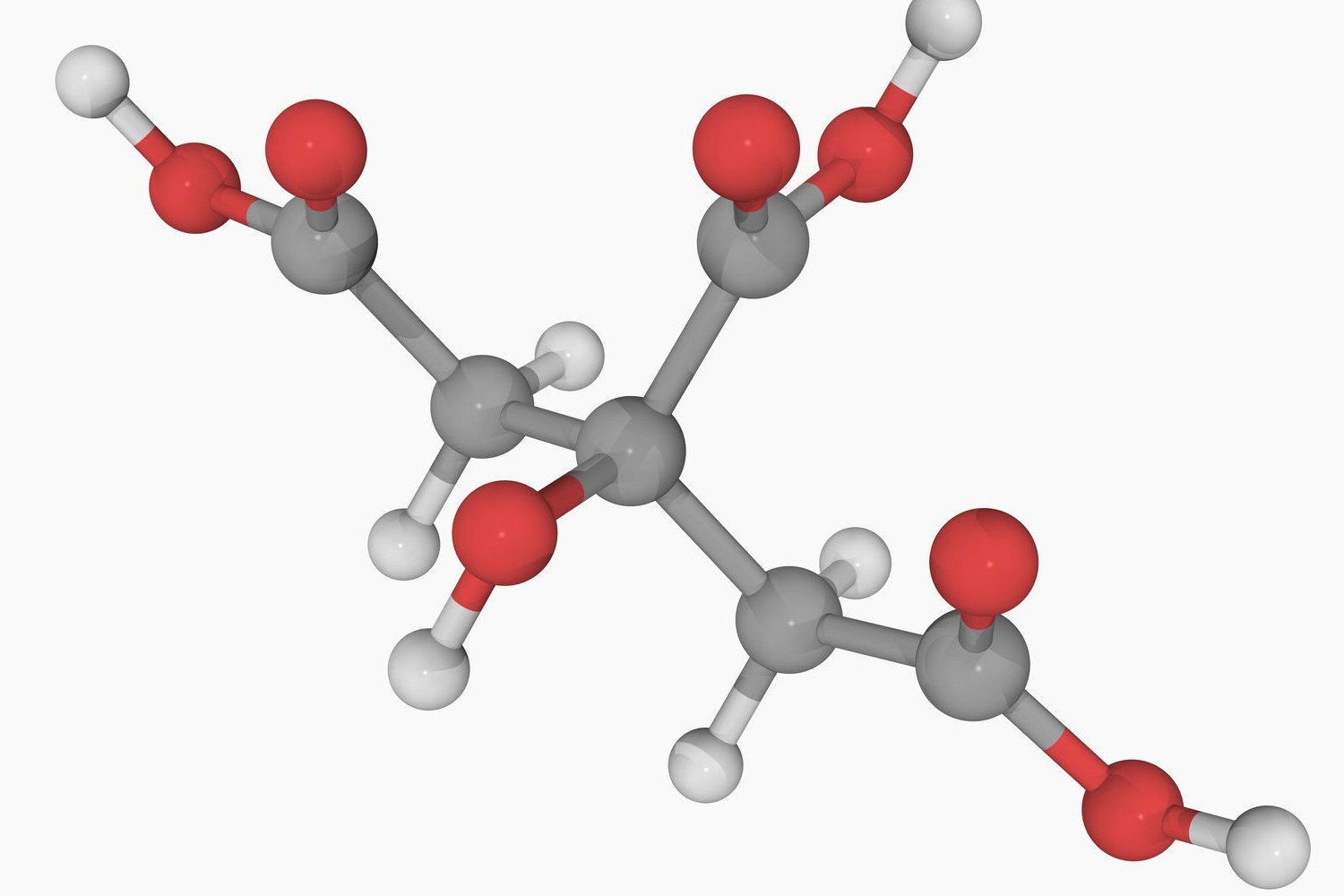
Who was Walter Yeo? Walter Yeo, a British sailor, holds a significant place in medical history. He was one of the first people to undergo plastic surgery. Born in 1890, Yeo served in the Royal Navy during World War I. During the Battle of Jutland in 1916, he sustained severe facial injuries. These injuries led to pioneering reconstructive surgery by Sir Harold Gillies, often considered the father of modern plastic surgery. Yeo's case marked a turning point in medical science, showcasing the potential of surgical techniques to restore not just appearance but also function. His story is a testament to human resilience and medical innovation, making him a notable figure in both military and medical fields.
Key Takeaways:
- Walter Yeo, a brave sailor from World War I, underwent groundbreaking plastic surgery that paved the way for modern reconstructive procedures, inspiring medical advancements and offering hope to those with severe injuries.
- Despite facing severe facial injuries, Walter Yeo's resilience and positive outlook on life, along with the support of his family, left a lasting impact on modern medicine, advocating for better care for veterans and improving outcomes for burn victims.
Who Was Walter Yeo?
Walter Yeo is a name that resonates with history, particularly in the context of medical advancements and military bravery. Born in the late 19th century, Yeo's life took a dramatic turn during World War I. Here are some fascinating facts about him:
- 01Walter Yeo was born on October 20, 1890, in Plymouth, England.
- 02He joined the Royal Navy as a teenager, following in his father's footsteps.
- 03Yeo served as a sailor during World War I, a conflict that would change his life forever.
- 04During the Battle of Jutland in 1916, he sustained severe facial injuries.
- 05His injuries included the loss of his upper and lower eyelids, making him one of the war's most disfigured soldiers.
Pioneering Plastic Surgery
Walter Yeo's injuries led to groundbreaking medical procedures that would pave the way for modern plastic surgery. Here are some key points about his medical journey:
- 06Walter Yeo became one of the first patients to undergo advanced plastic surgery.
- 07The surgery was performed by Sir Harold Gillies, considered the father of modern plastic surgery.
- 08Gillies used a technique called "tubed pedicle" to graft skin onto Yeo's face.
- 09This procedure was revolutionary at the time and laid the foundation for future reconstructive surgeries.
- 10Yeo's surgery took place at Queen Mary's Hospital in Sidcup, Kent.
Life After Surgery
Despite the challenges, Walter Yeo's life continued after his groundbreaking surgery. Here are some insights into his post-surgery life:
- 11Yeo's surgery was deemed a success, significantly improving his facial appearance.
- 12He was able to regain some semblance of normalcy, though he still bore scars from his injuries.
- 13After the war, Yeo returned to civilian life and worked as a postman.
- 14He married Ada Edwards, and the couple had two children.
- 15Yeo lived a relatively quiet life after his surgery, avoiding the limelight.
Legacy and Recognition
Walter Yeo's story is not just about his injuries and recovery; it's also about his lasting impact on medical science and military history. Here are some notable aspects of his legacy:
- 16Yeo's case is often cited in medical textbooks as a pioneering example of plastic surgery.
- 17His story has been featured in various documentaries and historical accounts.
- 18Queen Mary's Hospital, where Yeo was treated, became a leading center for plastic surgery.
- 19Sir Harold Gillies, who performed Yeo's surgery, went on to treat thousands of soldiers with facial injuries.
- 20Yeo's bravery and resilience continue to inspire both medical professionals and historians.
Interesting Tidbits
Beyond the well-known facts, there are some lesser-known but equally fascinating details about Walter Yeo's life and times:
- 21Yeo's surgery involved multiple stages and took several months to complete.
- 22The "tubed pedicle" technique used on Yeo involved rolling skin into a tube to ensure a blood supply during grafting.
- 23Yeo's case helped to destigmatize facial injuries and disfigurements.
- 24His story contributed to the development of better prosthetics for injured soldiers.
- 25Yeo's medical records are preserved in the archives of Queen Mary's Hospital.
The Human Side
Understanding Walter Yeo's personal experiences adds depth to his story. Here are some personal aspects of his life:
- 26Yeo was known for his quiet demeanor and resilience.
- 27Despite his injuries, he maintained a positive outlook on life.
- 28His family played a crucial role in his recovery and reintegration into society.
- 29Yeo's children grew up hearing stories of their father's bravery and medical journey.
- 30He remained in contact with some of his fellow soldiers from the Battle of Jutland.
Impact on Modern Medicine
Walter Yeo's case has had a lasting impact on the field of medicine, particularly in plastic and reconstructive surgery. Here are some ways his story continues to influence modern practices:
- 31Yeo's surgery techniques are still studied by medical students today.
- 32His case highlighted the importance of psychological support for patients with severe injuries.
- 33The advancements made during Yeo's treatment have led to improved outcomes for burn victims.
- 34Yeo's story has inspired numerous medical professionals to specialize in reconstructive surgery.
- 35His case has been used to advocate for better medical care for veterans.
Final Thoughts on Walter Yeo
Walter Yeo's life is a testament to human resilience and the power of medical innovation. Here are a few more facts to round out his incredible story:
- 36Yeo passed away on December 3, 1960, at the age of 70.
- 37His story continues to be a source of inspiration for those facing medical challenges.
- 38Walter Yeo's legacy lives on through the countless lives improved by the advancements in plastic surgery he helped pioneer.
Walter Yeo's Legacy
Walter Yeo's story is a testament to human resilience and medical innovation. Born in 1890, he became one of the first recipients of plastic surgery after suffering severe facial injuries during World War I. His pioneering surgery, performed by Sir Harold Gillies, marked a significant milestone in medical history. Yeo's courage and the groundbreaking procedure he underwent paved the way for modern reconstructive surgery. His life, filled with both hardship and triumph, serves as a reminder of the incredible advancements in medical science and the indomitable spirit of those who endure. Walter Yeo's legacy continues to inspire, highlighting the importance of perseverance and the relentless pursuit of progress. His story, though rooted in the past, remains relevant today, offering hope and motivation to countless individuals facing their own challenges.
Frequently Asked Questions
Was this page helpful?
Our commitment to delivering trustworthy and engaging content is at the heart of what we do. Each fact on our site is contributed by real users like you, bringing a wealth of diverse insights and information. To ensure the highest standards of accuracy and reliability, our dedicated editors meticulously review each submission. This process guarantees that the facts we share are not only fascinating but also credible. Trust in our commitment to quality and authenticity as you explore and learn with us.


